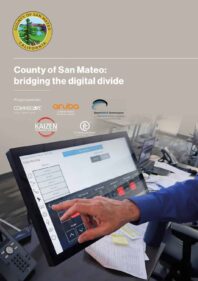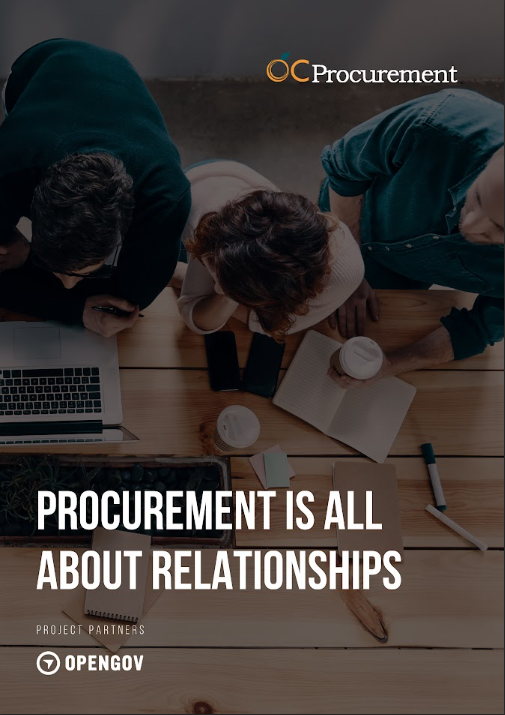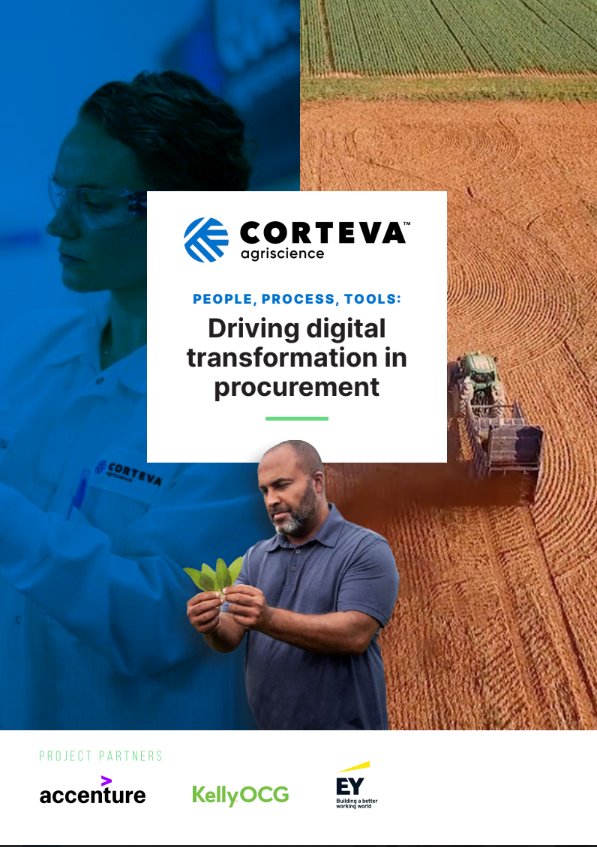Social equity, and the provision of basic human needs, have centered on many things over the centuries. Food, water, shelter, employment, mobility and healthcare have all been held up as intrinsic to an acceptable life in a modern society. The conversation today, when it comes to equity has pivoted slightly however, although some of those issues still pervade even the most affluent countries. When COVID-19 hit the western world at the start of 2020, it was digital equity that came to the fore, as being the essential liberatore for employees needing to work from home, while also providing those remote learning tools for children and students. The track and trace systems used to fight Coronavirus were also dependent on access to digital. Life as we knew it had largely migrated to the fibres that connect our homes to the outside world and those without the liberating nourishment of digital were in danger of being left behind.
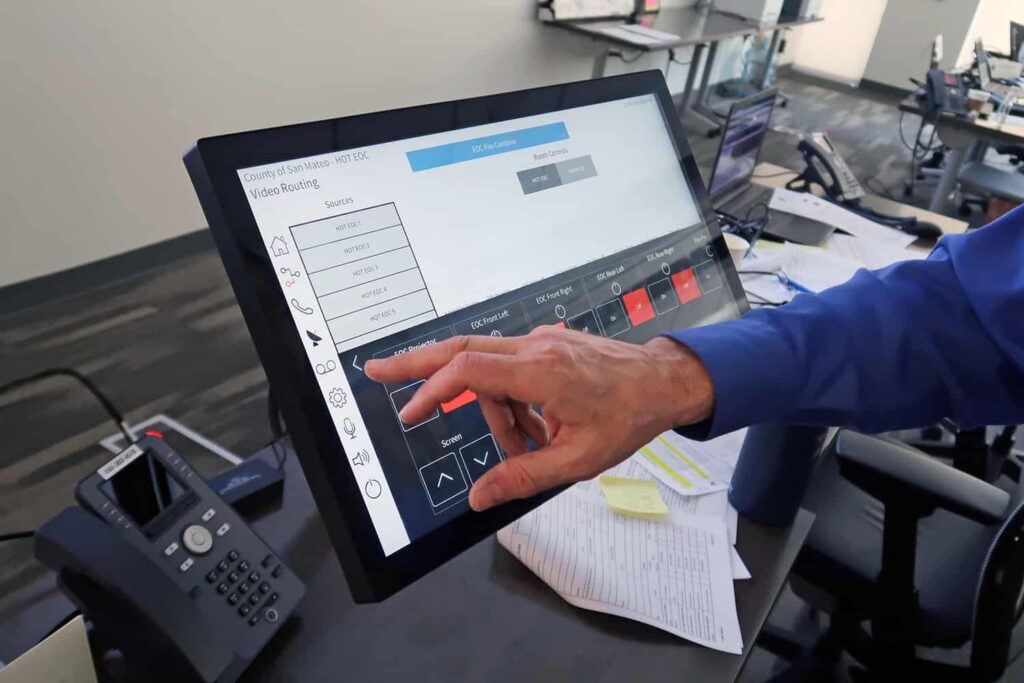
Situated between San Francisco and San Jose is the Californian county of San Mateo. As of the 2010 census, the population of the County of San Mateo was 718,451 and although it lies only 48 miles from Silicon Valley itself, the county, and indeed the US as a whole, has been battling a digital divide that was cruelly amplified by COVID-19. Jon Walton is County Chief Information Officer and it’s his job to keep his beloved county connected during and beyond the current pandemic. “You know, where we’re at with public WiFi and internet access here in the US is similar to where we probably were a hundred years ago or more with public roads,” he explains. “There was a time when there wasn’t a really standardized approach to road construction. Who even owned the roads? Was it the interstate system from the federal government, the state highways, or the local municipalities? So, it took time to think through the standardization of road construction, signage and alignment, and all the things that made the modern transportation system what it is today. That was definitely a journey that we, as a society, had to go through, and think about how to make it efficient for people to operate.” But it’s the delivery of the information superhighway, rather than the physical roads, that occupies Walton’s time as he actively helps to bridge that gap between the haves and have-nots of the digital age.
Walton’s 25 years working in tech have covered the entire birth of the digital age. “We went from very slow speeds and mobility to very fast LTE and even 5G now. Everybody has a tablet and a smartphone, probably six or eight devices at home if they’re like me. Everything’s connected – even your refrigerator’s connected, right? And what we did anticipate as we continued to shift all these government services online, is that we were inadvertently creating this digital divide, or issues around digital equity. Because what it started to do, slowly over time, was create a situation where you had to have an unlimited data plan, or a really nice iPad, or a superfast computer on broadband to have instant access to all of this information, and do distance learning, and telehealth appointments, and run a business from home, and do all these really nice things that we would like to see everyone doing in the 21st century.”
It was around 2010 that Walton and his team started to discuss ways of creating better connectivity for those that were digitally impoverished. “When we looked at the three legs of the stool that create digital inequity problems, one was equipment, which… I won’t say it has been solved, but certainly the cost of equipment from 25 years ago has come down a lot in price. I mean, here in the US, at least, they practically give you a smartphone if you sign up for a cell phone plan, right? So, it’s not as hard to get equipment anymore.”
The second concern of the digital divide is the ability and knowledge needed to be able to use the technological tools that open up how the internet works, although technology has become so intuitive now, it didn’t represent a major concern for Walton. “So, we’ve really started to focus on the third leg of the challenge, which is more around connectivity, where there seems to be a big sticking point still. People either live in areas with poor connectivity because there are parts of our County that are very rural and don’t even have cell coverage, or this connectivity issue could be prohibitively expensive data plans here in the US. For example, I pay almost $400 a month for my family’s cell phone plan, for four of us. So, obviously, those types of prices, if you’re working in an industry that doesn’t make a lot of money, can be significant. It can be a choice between paying your rent or having a cell phone plan.”

The focus on the digital divide over the last 10 years in San Mateo has been trained on the creation of free public WiFi in public spaces, such as community centers or homework centers and libraries, or downtown areas where people can connect to the public WiFi. In 2014, the County set out to connect the community with free and safe public WiFi based on four goals: to connect underserved communities, support educational opportunities for students, to spur economic development and provide greater access to County services. “Places where you can have a good experience and not worry about having to pay for a data plan,” Walton enthuses. “And that was working very well. We had over a hundred sites set up, and over a million user hours per month.”
COVID-19 has affected virtually every aspect of human life, and when it hit the US, Walton and his team saw the size of their challenges explode. “What we didn’t anticipate of course, was the pandemic. And when that happened, we told everyone to shelter at home. So, the whole theory that everybody would come to these public places and kind of congregate together to use the public Internet went by the wayside. And we had to start rethinking how we were going to push that service out into the neighborhoods, or into the rural areas where people can get better connectivity while sheltering at home. It became critical for education. We have over 100,000 students who were at a school or on a campus one day, and were trying to do distance learning online from home, the next. The same thing with telehealth. We had over 30 clinics scattered all over the County, plus a large hospital. Almost overnight, we had to shut down all the clinics (not for the critical care), and move the basic day-to-day appointments online. We had to really rethink how we were going to do that.”
The County of San Mateo is conscious of not wanting to compete with the telecommunications giants in its endeavors to connect homes to the digital realm. “We’re not trying to do wired services to people’s homes like Comcast or AT&T or Verizon,” Walton explains. “We understand that that’s their role. We focus primarily on wireless, and we put it on street poles in neighborhoods and things like that. The coverage is similar to cell phone coverage in the sense that the cells… the strength of the signal, varies based on how far you are from the site and the type of construction your house is, just like your cell phone works sometimes better inside or outside the house. And that’s what we focused on for the last year.” In fact, partnerships with telcos were really key to the roll-out of the County’s work bridging the digital divide.
“In government, we tend to at least focus on the basic necessities of what we need to do to provide services internally for the government workers to be able to do their jobs,” Walton reveals. “And because of that, a lot of times in IT, we don’t directly work with the public on public-facing projects. This public internet project was one of the first times we had the opportunity to think about how the work we did would directly impact the public. However, we’re not necessarily staffed or in possession of the expertise in how to build these systems; this is almost like a telecommunications-grade project, if you will. So, it was critical that we picked the right partners to help us. Some of the technologies we had to use were from AT&T, Verizon, Comcast and T-Mobile. There were times when we couldn’t put a fixed solution in place, so we had to go to them and brainstorm about how to get a mobile solution out in the field, or in the hands of the individual users. And so those telecommunications companies were a combination of point solutions for some of our users, or for our people that needed healthcare or students who required educational services. Plus, they do all the back haul for us to the internet. So even if we do some of what we call the middle mile or last mile of activity, all of the traffic ultimately connects to one of their commercial networks to get out to the internet. Their ability to deliver quality internet services in a very secure way to the public was important. We’re not an ISP or a service provider in government per se, so that was an important partnership.”
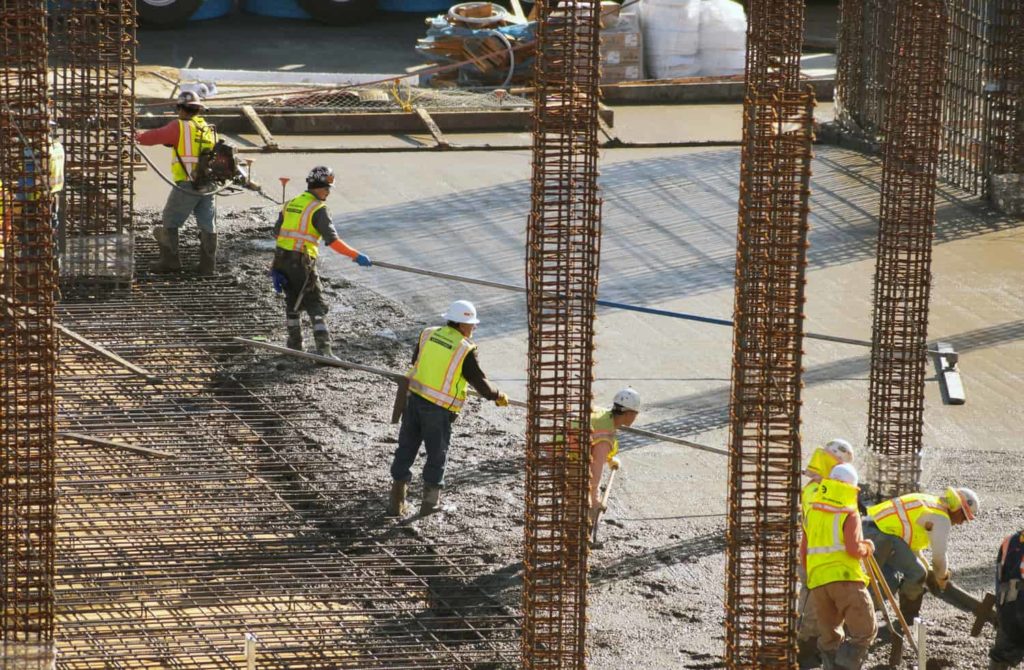
There were two types of technology the County primarily focused on with regards to connectivity in the field. One product was from CommScope/RUCKUS. “We used a lot of their equipment to do connectivity in the field. They create these access points that look like mini shoe boxes that we could hang from streetlights and put on the sides of the building,” he says. “They’re very unobtrusive. They blend in very well and have very good reliability; you don’t have to worry about them going down. They connect everyone really well and create a kind of a commercial grade service out in the field, which is needed to create that quality connection for the students and the families.”
Aruba Technologies provided similar technology, primarily for use in buildings to connect staff and the equipment. Walton and his team worked with Aruba to reconfigure that. “So, anywhere there is a public building, and we have over 200 facilities in the County where we have connectivity for the staff, we are now able to reconfigure that equipment and create connections not just for the staff, but the public. If you’re nearby, or close to a public building, you could go there and have access to the internet. The flexibility and configurability of that technology was useful as well because that really enabled us to quickly expand the type of access while almost doubling it overnight.”
There are almost 600 square miles in the County that Walton and his team are trying to cover, making it virtually impossible to cover every square foot. To that end, the County hired Kaizen Technology Partners, who had already undertaken a lot of data analysis and mapping. “We have great staff internally, but it’s a function of time and staff available,” Walton explains. “Kaizen has good consultants that matched up well with our team. They came in and helped us collect all the data from the libraries, the cities, and the schools to see where people had good connections, or where they felt like they were challenged and had dead spots, or areas of need. We created an end-user, data-driven interactive heat-map, and that allowed us to focus our energies around where we were going to deploy new technology and reach the greatest percentage of people in the limited time we had available. Kaizen also developed a community portal, using the AWS Cloud, so residents could easily find our Public WiFi, and even avoid sites that were out of commission; a really functional solution that will serve us well beyond this crisis”
There were numerous partners involved in the project, such as SmartWave, who did a lot of the field work for the County. “They had the bucket trucks, if you will, the people with hard hats, and trucks that could go out in the field on the weekends and in the evenings. They worked over a lot of the holidays to get the equipment installed.” Meanwhile, IT Management Corporation undertook a lot of the design and back-room engineering of how the system would work. “So, they were really important to us too.”
The work with major partners such as Kaizen Technologies was integral to the expansion of the Digital Inclusion Initiative as time represented a massive challenge to the team. “We were using financing from the federal government called the CARES Act money ($6.3 million in Coronavirus Aid, Relief and Economic Security Act funding) and it had a very limited timeframe on when it could be used,” Walton explains. “So, speed and working around the clock on 24/7 operations was the name of the game to get things done quickly. And they did a good job in getting it done for us. Our staff stayed engaged throughout the whole thing. We didn’t have the people power to put on it 24/7.”

Another constant challenge to Walton is simply being able to utilize technology that keeps up with his county’s needs. “One of the things in our rural areas is that there are just very few options. And so, one of the types of technology we’re looking at is satellite technology, to see if the Starlink satellite system that just got deployed, with these low orbit satellites, can provide high quality internet access to people in really rural areas, where getting a wired connection or something like that just isn’t practical.”
So far, the work undertaken in San Mateo has been very well received by the locals. The County partnered with all the 23 school districts in the County and every library as part of the Digital Inclusion Initiative. “We have 16 cities, so the last year has been a great experience, where we just all came together and really focused on that. And now we’re two months into 2021, and we’re really thinking, … when the pandemic’s over or it starts to ease, do we think we’re going to go back to life as it was, or whatever normal looked like before the pandemic? Or are we at a point of inflection where it’s something of a new normal? Maybe we’re going to settle somewhere in the middle of expectations around how much people can do online and what the role of government is in providing those services.”
“A lot of times during pandemics and things like this, because we’re in our own homes and dealing with our own stresses and struggles, we sometimes overlook the impact to the greater community or neighborhoods. I know we’ve had a ton of positive feedback from people who live out in the rural areas, or more dense housing apartments and things like that, who felt we were looking out for them. We understood what their challenges were and tried to make things better for them. They’ve been very appreciative, and that means a lot to my staff and my team to hear that we’re making a positive difference in people’s lives.”
